1. The Gila Monster – The Lizard That Bites and Won’t Let Go
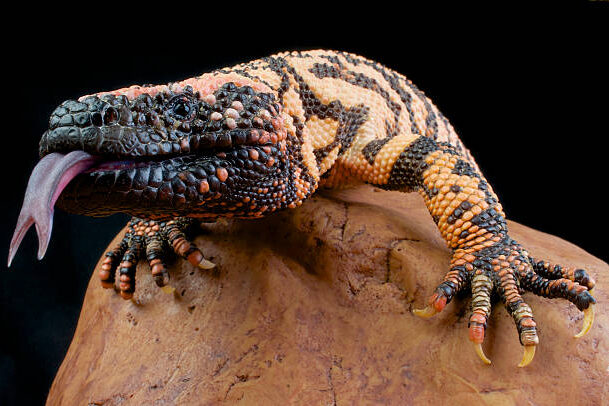
Ever heard of a lizard that chews its venom into you? That’s exactly what the Gila monster does. Native to the Southwestern U.S., this chunky, slow-moving reptile looks like it wouldn’t hurt a fly—but if you give it a reason, it’ll clamp down on you and refuse to let go.
Unlike snakes, which inject venom quickly, Gila monsters use their grooved teeth to grind venom into your skin, ensuring you get the full dose. The result? Burning pain, nausea, weakness, and a feeling like your bones are trying to escape your body. It’s not usually fatal to humans, but the experience is so excruciating that many people pass out from the pain alone. The worst part? Trying to pry a Gila monster off you usually makes it bite harder. If you ever spot one in the wild, admire it from afar—because trust me, you don’t want to know what its bite feels like.
2. The Brown Recluse – A Flesh-Melting Nightmare
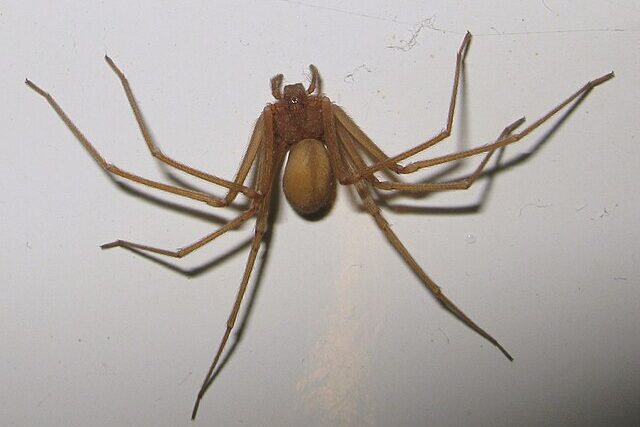
Picture this: You slip on your favorite pair of boots, only to feel a sudden sting on your foot. At first, it’s just a mild irritation. But within hours, your skin turns black and starts rotting away. You’ve just been bitten by a brown recluse spider.
This small, nondescript spider hides in attics, basements, closets, and even inside clothes and shoes. Its venom contains necrotic enzymes that dissolve flesh, leaving victims with gaping wounds that can take months to heal. And here’s the kicker: many people don’t even feel the bite at first, meaning by the time you notice something’s wrong, your skin might already be decaying. Brown recluses aren’t aggressive, but they love dark, undisturbed spaces—so before you put on those boots or reach into that old cardboard box, maybe give it a little shake.
3. The Marbled Cone Snail – A Beautiful Death Trap
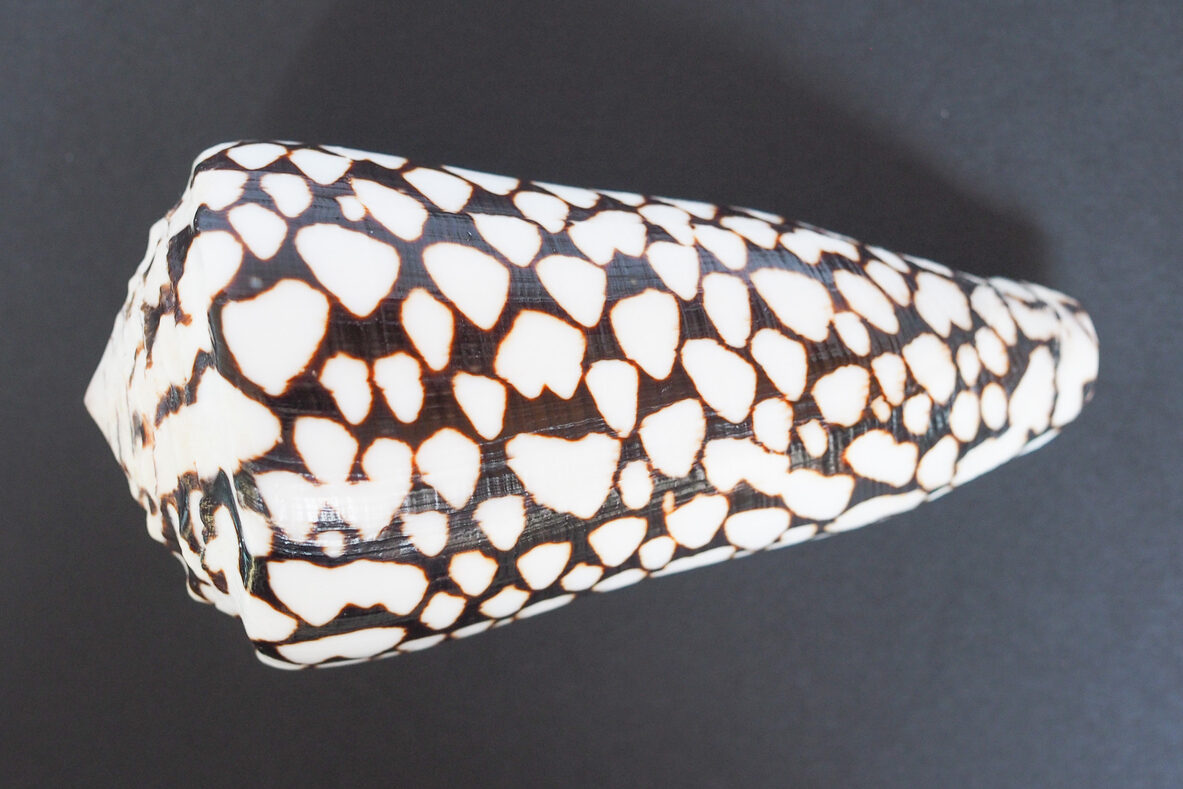
What if I told you one of the deadliest creatures in America could fit in the palm of your hand—and it shoots venomous harpoons? Meet the marbled cone snail, a tiny but terrifying predator that lurks in Florida’s tide pools.
This innocent-looking seashell hides a sophisticated venom delivery system capable of taking down fish, crabs, and—if you’re unlucky—humans. When disturbed, it fires a microscopic venomous dart that delivers a neurotoxin so potent it can cause paralysis, respiratory failure, and death. What makes it worse? There’s no antidote. Victims describe the sensation as feeling completely numb while watching their body shut down. Moral of the story? If you see a beautiful shell on the beach, resist the urge to pick it up.
4. The Northern Short-Tailed Shrew – A Poisonous Puffball with an Attitude

Shrews? Poisonous? You bet. The northern short-tailed shrew may look like an adorable, fuzzy rodent, but it packs a venomous bite that can paralyze small animals—and make your hand swell like a balloon.
This hyperactive, voracious predator scurries through forests and fields across the U.S., using its saliva-loaded fangs to inject a toxin that breaks down red blood cells. While its venom isn’t deadly to humans, a bite can cause excruciating pain, swelling, and even tissue damage. Scientists say this shrew’s venom is similar to snake venom, but scaled down for its tiny victims. Imagine being a grasshopper or a mouse—your last moments would involve a furious little fuzzball sinking its fangs into you while you slowly lose the ability to move.
5. The Western Black Widow – A Spider with a Bad Reputation (That It Totally Deserves)
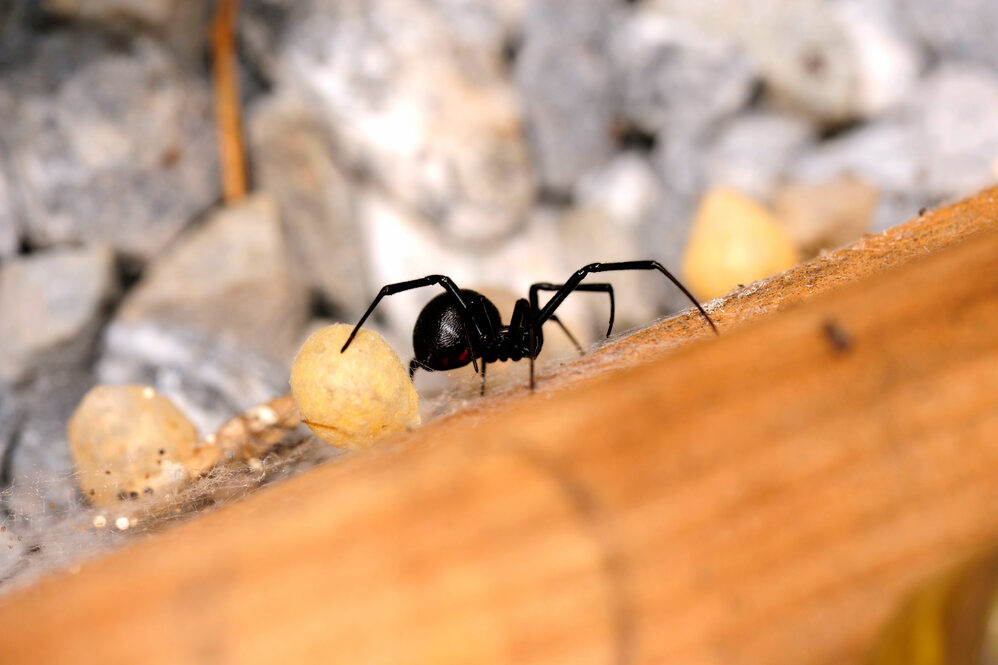
You know a creature is seriously dangerous when it’s named after a woman who kills her mate. The western black widow is found all over the U.S., hiding in garages, woodpiles, and patio furniture, just waiting for an unsuspecting victim to get too close.
With its glossy black body and red hourglass marking, the black widow is instantly recognizable—and for good reason. Its venom contains latrotoxin, which shuts down nerve communication, leading to agonizing cramps, muscle spasms, and difficulty breathing. Some victims even report feeling like they’re having a heart attack. While fatalities are rare thanks to modern medicine, a bite can leave you in debilitating pain for weeks. The good news? Black widows are shy and usually only bite in self-defense. The bad news? They love hiding in places you probably put your hands.
From slithering assassins and venomous puffballs to flesh-melting spiders and toxic snails, poisonous creatures aren’t just lurking in jungles and deserts—they’re right here, living among us. So the next time you reach into a dark corner, step into the ocean, or admire a cute little critter in the woods, remember: nature doesn’t need fangs or claws to be deadly—sometimes, all it takes is a single drop of venom.
6. The Eastern Coral Snake – A Colorful Death Sentence
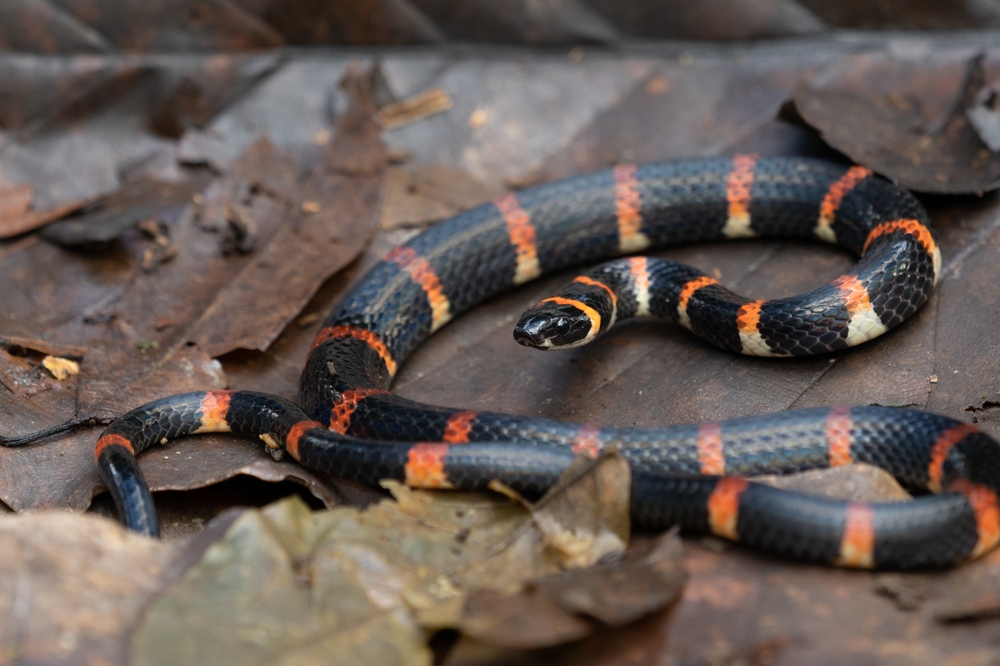
“Red touches yellow, kill a fellow.” That old rhyme might sound dramatic, but it could save your life. The eastern coral snake, with its striking red, yellow, and black bands, is one of the most venomous snakes in North America. Unlike rattlesnakes or copperheads, coral snakes don’t rely on fangs to inject venom. Instead, they chew on their victims, gradually working their neurotoxin into the bloodstream.
At first, a bite may seem harmless—just a little pinprick, maybe some mild swelling. Then, a few hours later, the real nightmare begins. The venom starts shutting down the nervous system, causing paralysis, slurred speech, and eventually, respiratory failure. Without antivenom, victims can suffocate while fully conscious. The good news? Coral snakes are shy and rarely bite unless provoked. The bad news? They look a lot like harmless king snakes, which means people sometimes pick them up by mistake.
7. The Arizona Bark Scorpion – A Tiny Terror with a Painful Surprise
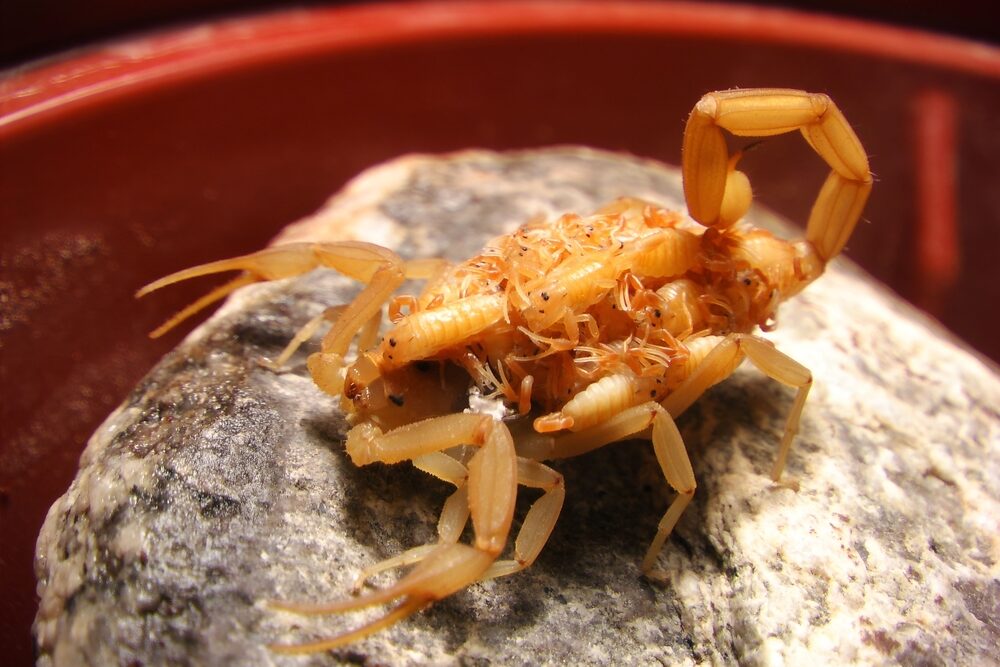
Scorpions are already nightmare fuel, but the Arizona bark scorpion takes things to a whole new level. Found in the southwestern U.S., this small, pale scorpion hides in woodpiles, under rocks, and—horrifyingly—inside people’s shoes.
Unlike most scorpions, whose stings are just mildly painful, the Arizona bark scorpion delivers venom that can cause intense pain, temporary paralysis, and muscle convulsions. Some victims compare the sting to being electrocuted, while others say it feels like someone is drilling into their bones. The venom can also trigger difficulty breathing, especially in children and the elderly. The real kicker? This scorpion loves climbing, which means it sometimes drops from ceilings onto unsuspecting victims. That’s right—you might not step on it, but it might fall on you. Sleep tight!
8. The Blue-Ringed Octopus – A Tiny Killer Lurking in Tide Pools
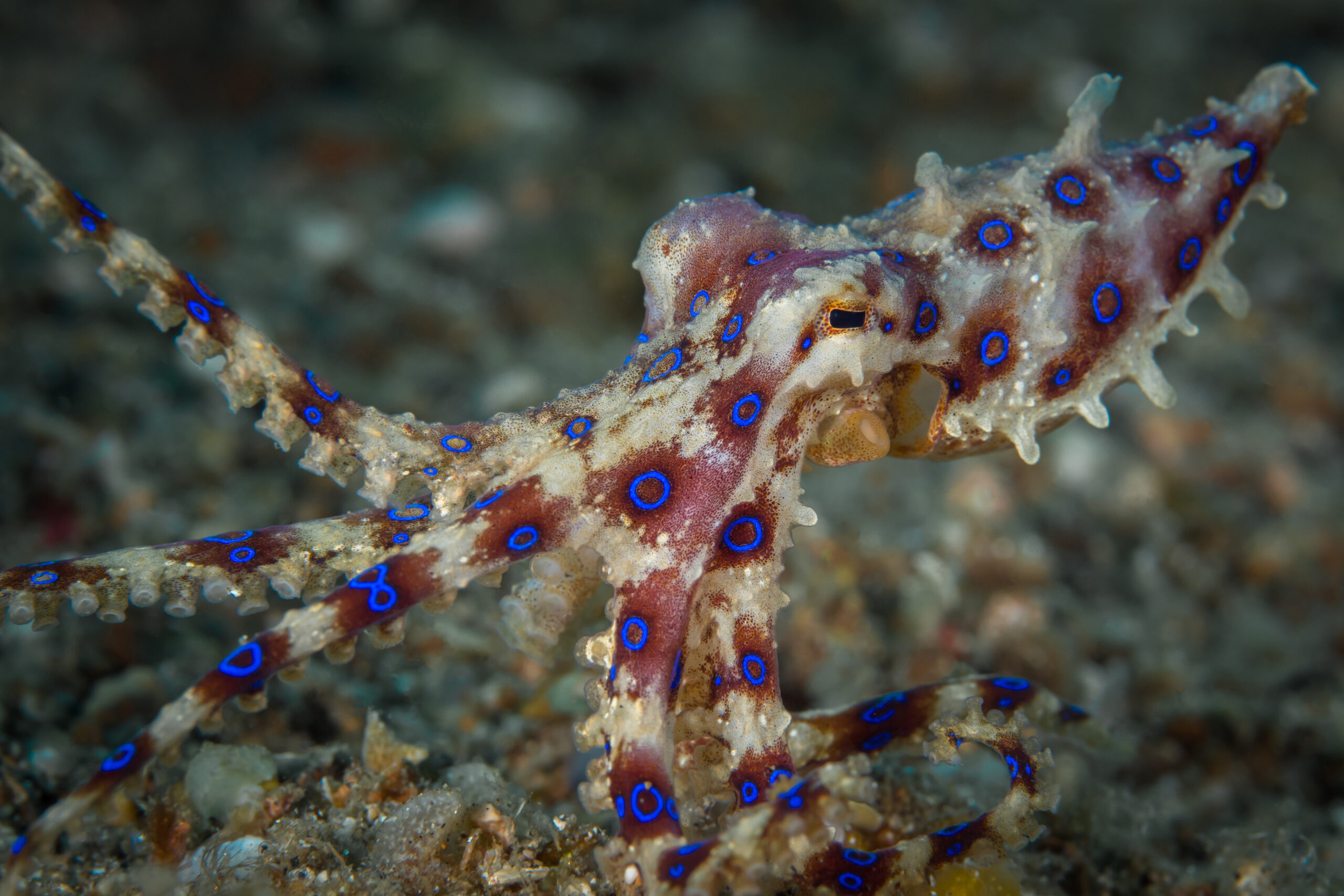
If you ever see a tiny octopus flashing neon blue rings at you, run. That’s the blue-ringed octopus’s way of saying, “I’m about to ruin your day.” While it’s mostly found in the Pacific, some sightings have been reported along the West Coast of the U.S.—and trust me, you don’t want to be anywhere near one.
Despite being no bigger than a golf ball, this octopus carries enough venom to kill 26 humans in minutes. And the worst part? Its bite is painless. Most victims don’t even realize they’ve been envenomated until they start losing the ability to move, speak, or breathe. There’s no antidote, which means the only way to survive is to get on a ventilator and hope your body can fight through the paralysis. If you ever spot one of these mesmerizing little creatures in a shallow tide pool, admire it from a safe distance—or better yet, turn around and walk away.
9. The Cane Toad – A Toxic Amphibian That Can Kill Your Pets
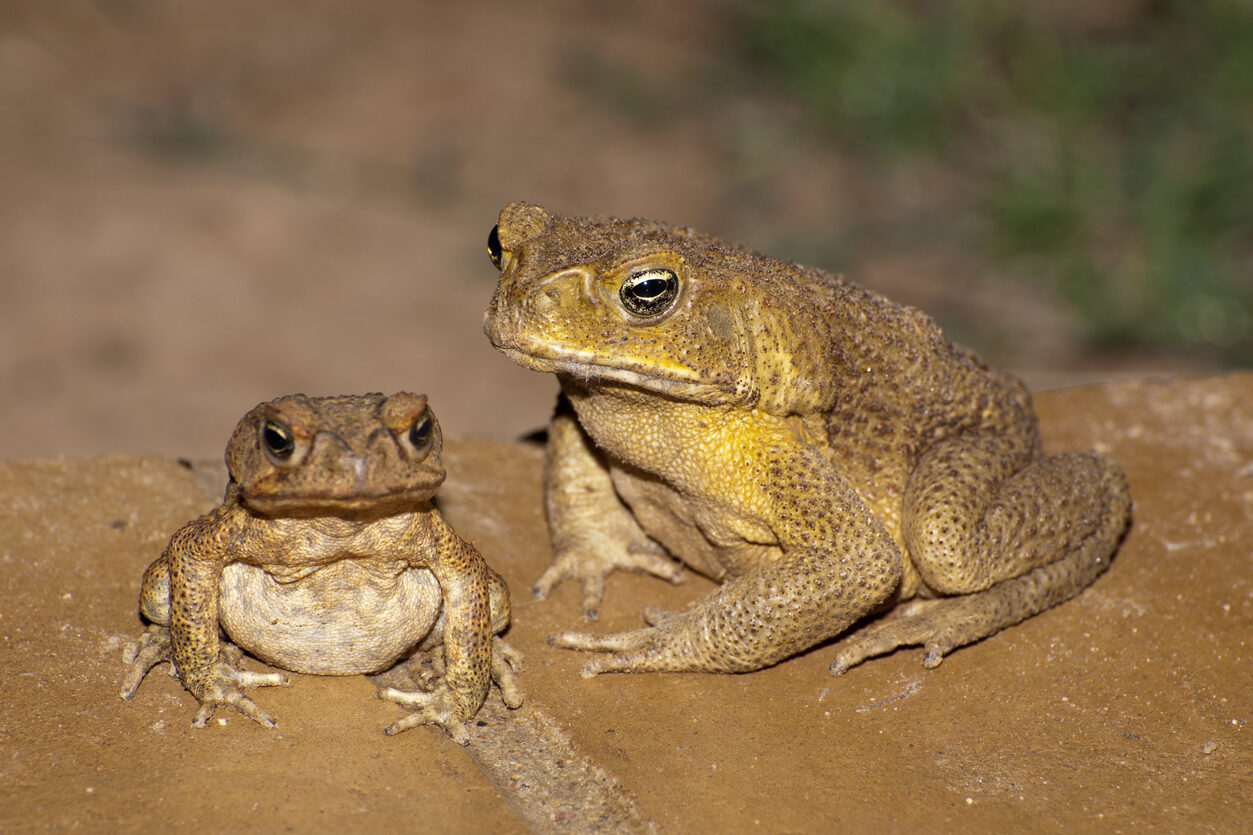
Cane toads may look like your average warty backyard amphibian, but they’re actually walking poison factories. Originally introduced to Florida and other southern states to control pests, these toads have become a huge problem—not just because they’re invasive, but because they secrete a deadly toxin from their skin.
The milky white poison, known as bufotoxin, can cause hallucinations, convulsions, and heart failure in anything that tries to eat the toad—including pets. Dogs are especially at risk, as they often try to bite or play with these seemingly harmless creatures. Just a small dose of the toxin can lead to rapid drooling, vomiting, seizures, and even death. Cane toads are thriving in warm, humid environments, which means encounters are becoming more common. If you live in a place where these toads roam, keeping an eye on your curious pets might just save their lives.
10. The Puss Caterpillar – A Fluffy, Pain-Inflicting Nightmare

It looks like a tiny, walking toupee. It feels as soft as a cotton ball. And if you touch it, you’ll experience pain so intense it’s been compared to a broken bone or being branded with hot metal. Meet the puss caterpillar, one of the most deceptively dangerous creatures in America.
Beneath its adorable exterior lies a dense forest of venomous spines. When these spines break off into your skin, they release a toxin that causes burning pain, swelling, nausea, and even shock. Some people report feeling like their bones are breaking from the inside out. And the worst part? The pain doesn’t fade quickly—it can last for days. These caterpillars lurk on trees and shrubs, often blending in with leaves, making them easy to accidentally brush against. If you ever see one, resist the urge to pet it—your nerves will thank you.
From venomous lizards and flesh-melting spiders to paralyzing octopuses and toxic toads, America is teeming with creatures that can ruin your day—or worse. They may not be prowling the jungles or deep seas, but they’re closer than you think, hiding in your backyard, your shoes, or even the ocean waves. So next time you step outside, remember: nature doesn’t always play fair, and sometimes, the cutest things are the deadliest.


